Why The Humans Of New York Refugee Coverage Is Such a Punch In The Gut
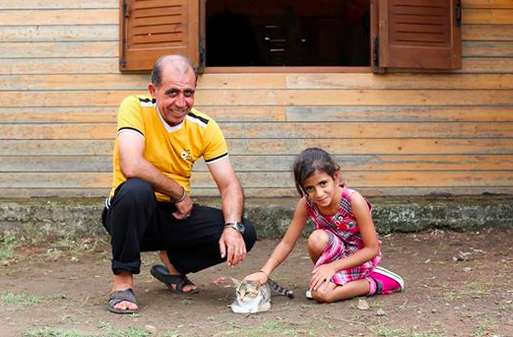
“When we were getting on the plastic boat, I heard her say something that broke my heart. She saw her mother being crushed by the crowd, and she screamed: ‘Please don’t kill my mother! Kill me instead!'” Read this father’s full story about his daughter. (Photo: Brandon Stanton | Humans of New York | Facebook)
On Friday, the Humans of New York photographer and founder Brandon Stanton announced on his blog that for the next few days, he’ll be shifting his focus away from his usual subjects — the humans of New York — and instead telling the personal stories of those who are part of the current European refugee migration.
“Together these migrants are part of one of the largest population movements in modern history,” writes Stanton. “But their stories are composed of unique and singular tragedies. In the midst of the current ‘migrant crisis,’ there are millions of different reasons for leaving home. And there are millions of different hardships that refugees face as they search for a new home.”
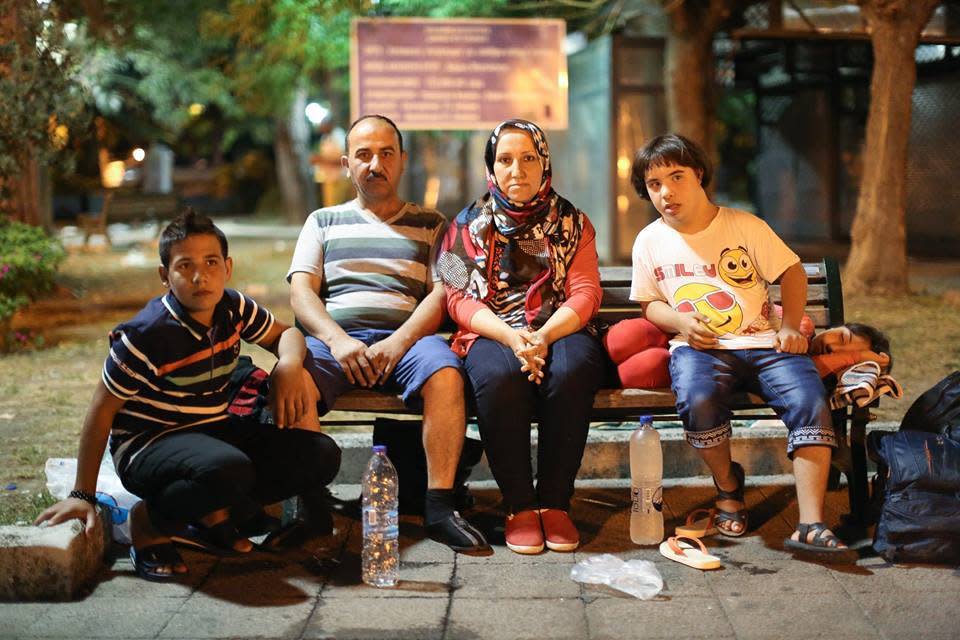
“…Then one night we woke up and our house was on fire. We barely escaped with the children. The next day we received a text message. It said: ‘Give us money, or this time you will die.’ I replied that we’d pay them soon. We sold everything we owned, and we left. We thought we’d rather die in a plastic boat than die there.” Read this family’s full story. (Photo: Brandon Stanton | Humans of New York | Facebook)
On Facebook alone, the posts comprising the series to date have garnered over 4 million likes and have been shared over half a million times. The most recent post garnering almost 6000 shares in the first hour it was up on the Humans of New York Facebook page.
The United Nations (U.N.) estimates that 12.2 million people are in need of aid as a result of the crisis in Syria, with more than 9 million people have been displaced as a result of the civil war taking and with 4 million people fleeing the country for a new home on safer shores. The U.N. notes that 5.6 million — or just under half — of those in need are children.
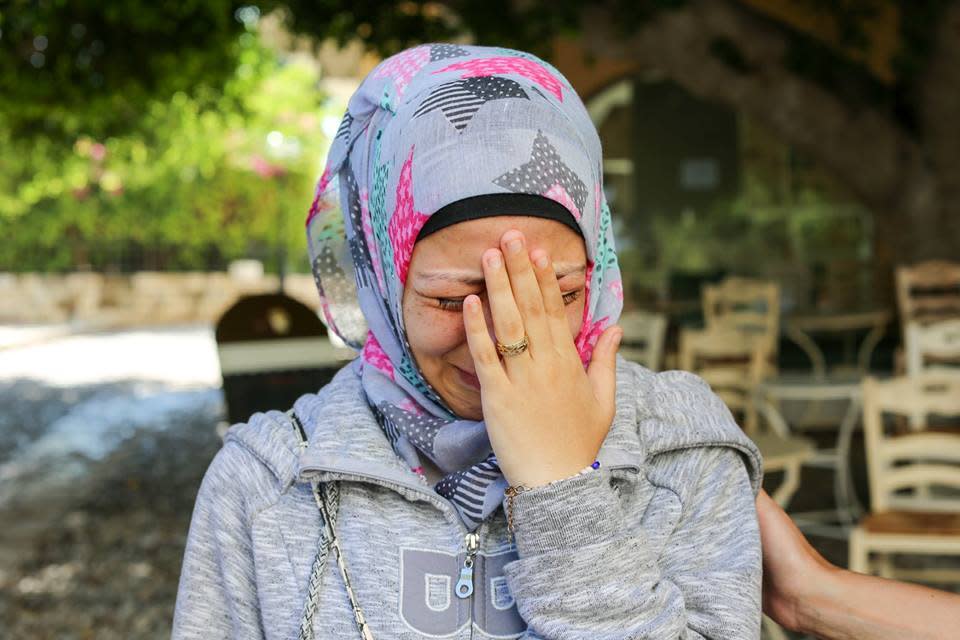
“The waves were high. I could hear him calling me but he got further and further away. Eventually a boat found me. They never found my husband.” Read her full story. (Photo: Brandon Stanton | Humans of New York| Facebook)
“More than 1.5 million people live in Manhattan. If this happened to all of them, would you notice?” asks the global organization’s refugee agency’s website regarding the situation of Syrian refugees.
“Statistics are difficult for people to really make sense of,” Art Markman, PhD and the Annabel Iron Worsham Centennial Professor of Psychology at the University of Texas at Austin, tells Yahoo Health. “When you talk about 10,000 refugees, that number is too large for people to be able to comprehend. We seem to do better when we focus on individuals and communities rather than large populations.”
“Projects like this photoblog mesh with our ability to engage with smaller human stories,” explains Markman.
“We comprehend stories by simulating how we would act in the same situation. The stories of individuals and families are easy for us to compare to our own life stories, and so we can project ourselves into someone else’s narrative and better understand what it would be like to be them. That is a much more powerful emotional experience than just hearing the horrendous statistics,” says Markman.
Which is why projects like Stanton’s are so important — and why they resonate so deeply.
“This is the biggest refugee population from a single conflict in a generation. It is a population that deserves the support of the world but is instead living in dire conditions and sinking deeper into abject poverty,” said UN High Commissioner for Refugees António Guterres in a release this summer.
The first story Stanton shared on Humans of New York is that of Muhammad, who had been Stanton’s interpreter in Iraq while on a project there last year — and his interpreter again for this project.
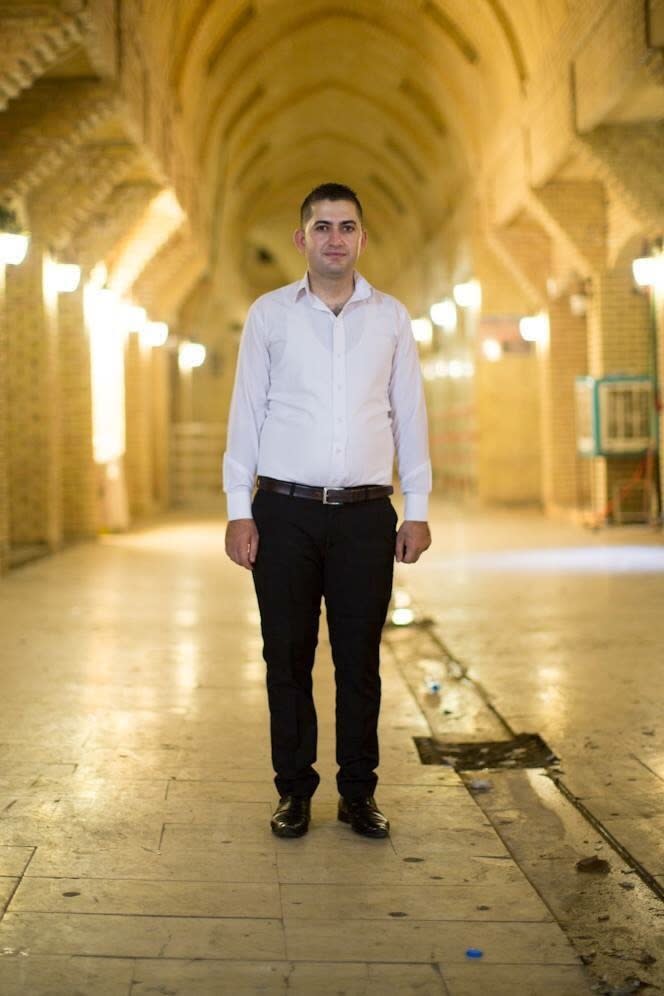
Muhammad, Stanton’s interpreter in Iraq last year, had a heartbreaking story of escape to tell when the two reunited for this project. Read Muhammad’s full story. (Photo: Brandon Stanton | Humans of New York| Facebook)
Muhammad, whose family is Kurdish, left Syria in 2014 to earn money for his passage to Europe by working 18-hour-days in Iraq. Then his world turned upside down:
“My brother had been killed by ISIS while he was working in an oil field. They found our address on his ID card, and they sent his head to our house, with a message: ‘Kurdish people aren’t Muslims.’ My youngest sister found my brother’s head. This was one year ago. She has not spoken a single word since.”
In quick succession, his father was badly beaten by the police and Muhammad sent money for his life-saving surgery, and with ISIS advancing on his town, he needed to get his sisters out. So Muhammad spent his remaining savings paying a smuggler to get his sisters out of Syria, and then paid a smuggler to get him to Greece under horrific conditions.
The UNHCR notes that of the current total of four million Syrian refugees, the first three million refugees left over a period of the first three years of the Syrian conflict; the last one million have all come within the past 10 months. The United Nations Children’s Fund (UNICEF) is requesting $279 million to meet the humanitarian needs of crisis-affected children in Syria and $624 million to respond to the humanitarian crisis faced by Syrian refugees and other vulnerable children in the region.
The numbers and scale of the crisis — and the need for help — are staggering.
Muhammad shared his current status with Stanton on September 21:
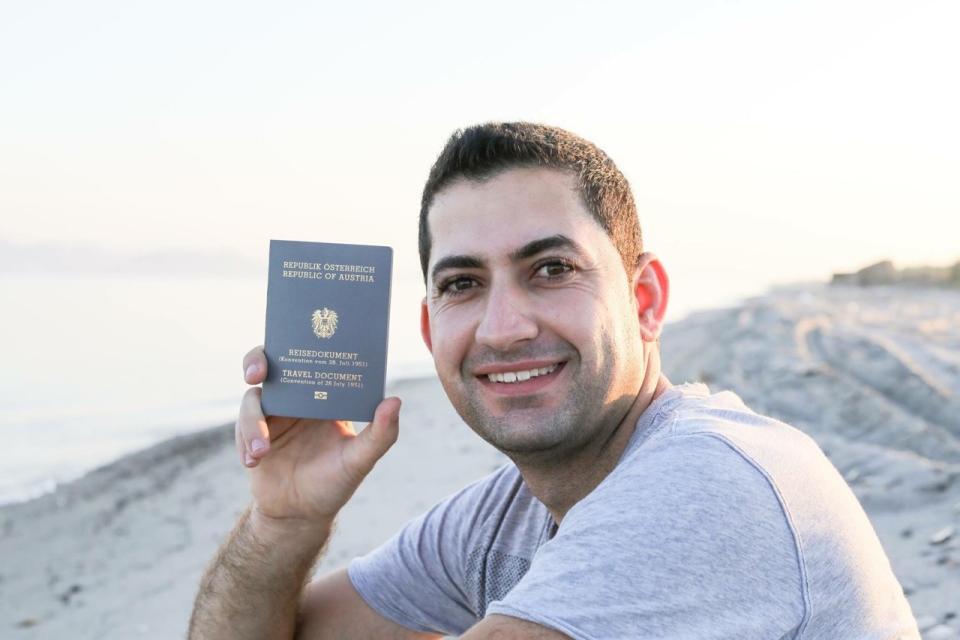
Muhammad, Stanton’s interpreter on his current assignment. Read Muhammad’s full story. (Photo: Brandon Stanton | Humans of New York| Facebook)
“After one month [in a Greek refugee camp], I arrived in Austria. The first day I was there, I walked into a bakery and met a man named Fritz Hummel. He told me that forty years ago he had visited Syria and he’d been treated well. So he gave me clothes, food, everything. He became like a father to me. He took me to the Rotary Club and introduced me to the entire group. He told them my story and asked: ‘How can we help him?’ I found a church, and they gave me a place to live. Right away I committed myself to learning the language. I practiced German for 17 hours a day. I read children’s stories all day long. I watched television. I tried to meet as many Austrians as possible. After seven months, it was time to meet with a judge to determine my status. I could speak so well at this point, that I asked the judge if we could conduct the interview in German. He couldn’t believe it. He was so impressed that I’d already learned German, that he interviewed me for only ten minutes. Then he pointed at my Syrian ID card and said: ‘Muhammad, you will never need this again. You are now an Austrian!’”
Muhammad’s story ends positively, but many refugees’ stories will not. Hopefully the awareness spurred by this Humans of New York project can help change that.
Read This Next: Do-gooder Movers Relocate Women Leaving Violent Relationships — For Free

